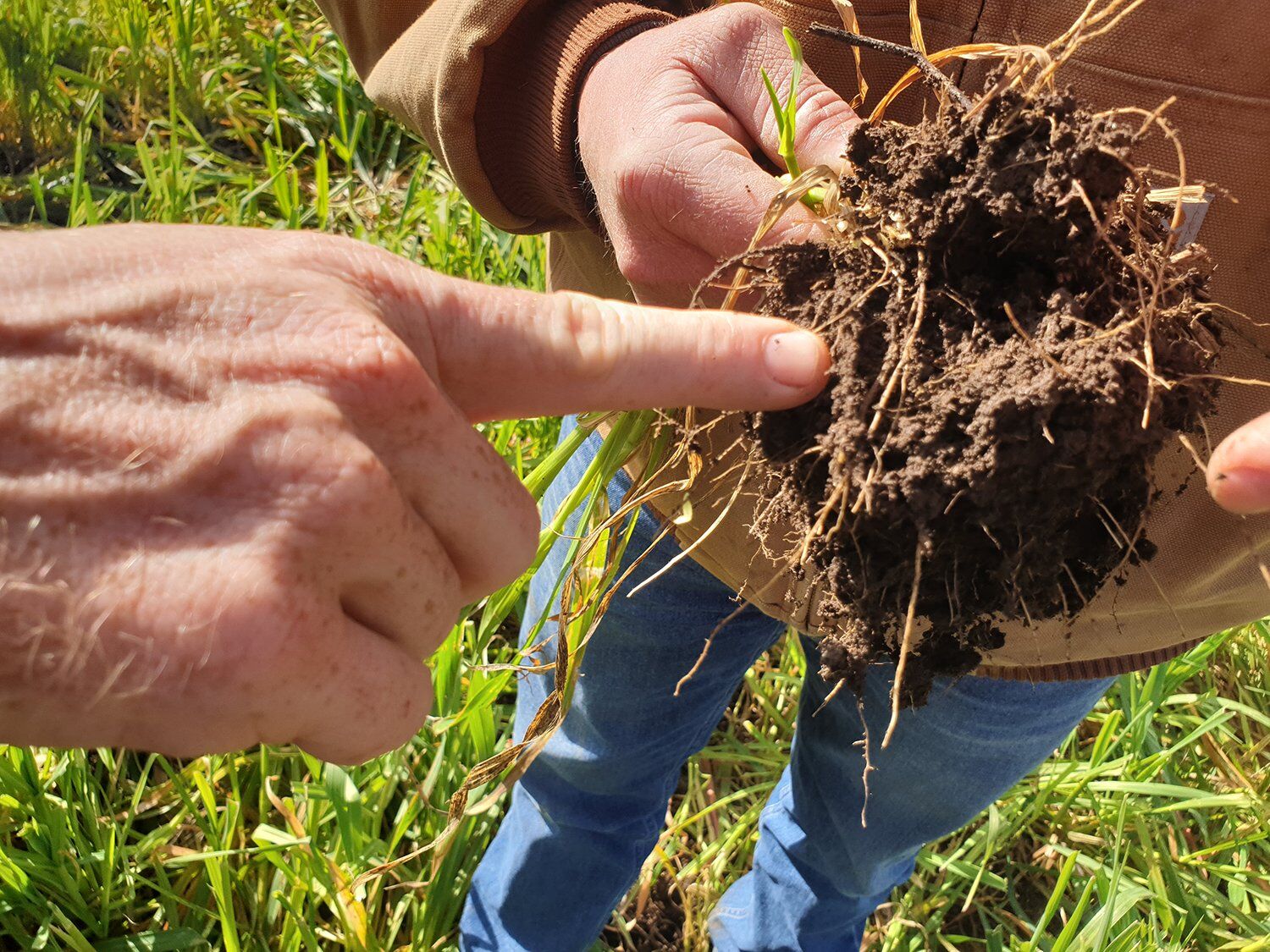Our rehydration work continues to expand across the nation. We are also receiving increased interest for our work in relation to projects aimed at sequestering carbon. My view is the ‘low hanging fruit’ of projects done specifically to gain Australian Carbon Credit Units (ACCU’s) are increasingly being viewed cautiously. Projects, such as simply planting trees or not clearing land, may have met the requirements for ACCU’s but are they the best result for overall land management? I don’t believe so.
More comprehensive projects that include landscape repair and rehydration and regenerative agriculture practices, that not only sequester carbon but also improve biodiversity, are what we should be encouraging as they will also contribute to a positive impact on climate.
In fact, this type of improved land management can have a greater impact on climate than just concentrating on the reduction of emissions. In their book “Ground Breaking”, authors Phil and Freya Mulvey, state:
“Reducing CO2 and other GHG emissions alone will simply not be enough. What seems to be missed so often, by scientists and lay people alike, is that the key factor of anthropogenic climate change arises as a result of the increased heat of the Earth’s surface caused by our land-management practices.”
I agree, and as we repair and rehydrate at the catchment scale, our data is also supporting that view.
Yes, we still must continue to reduce GHG emissions, but a greater concentration on better land management is needed if the various targets of governments are to be achieved. It really is a no-brainer. As not only do we see environmental repair, increased resilience to drought, floods and bushfire, in Barrier Reef catchments, it results in massive reductions in sediment flow, significantly improved biodiversity and, with the right agricultural practices, improved productivity. And a direct and positive impact on climate.
Gary Nairn AO – TMI Chairman
